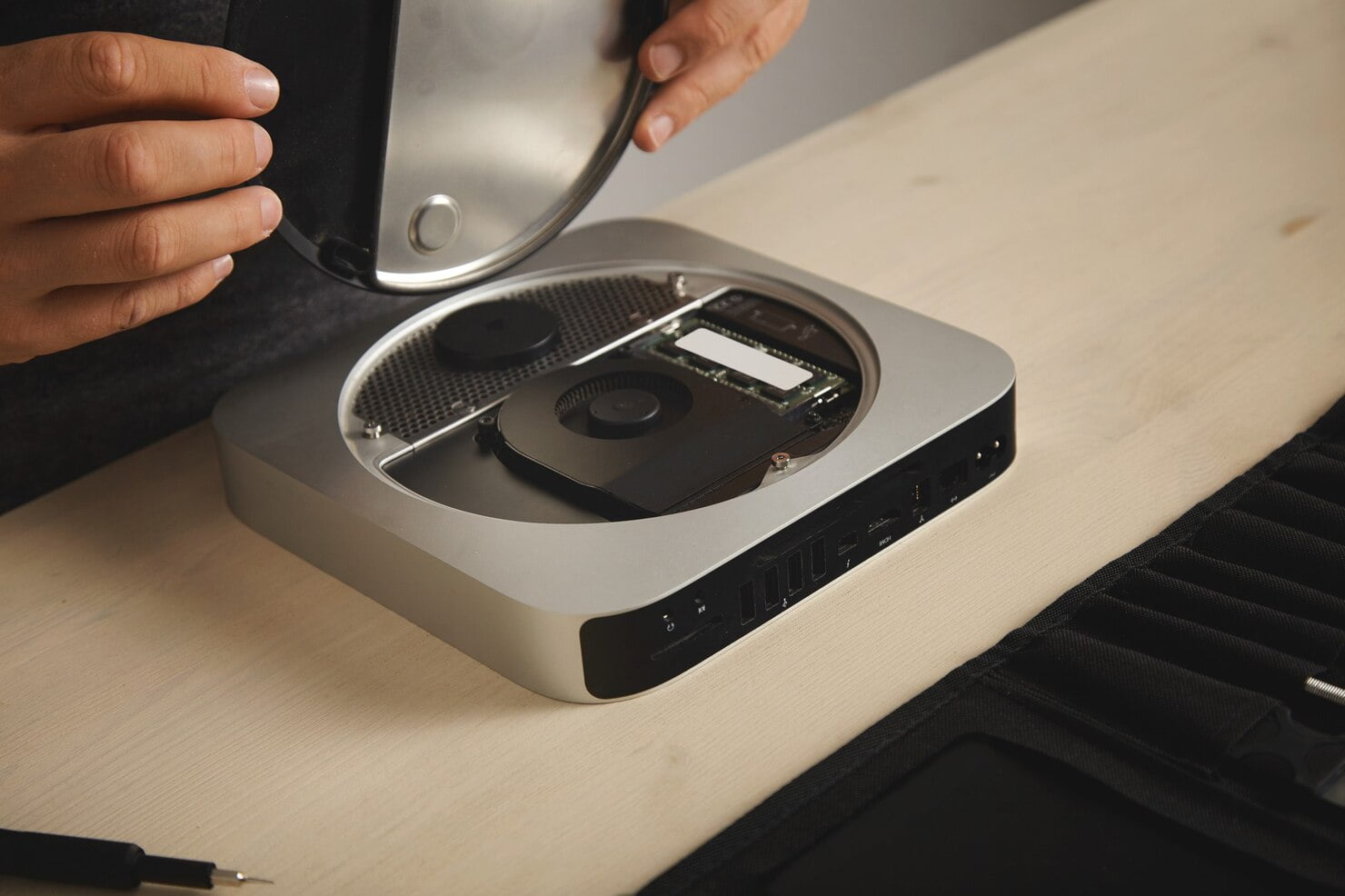
The easiest way to destroy a hard drive is to submerge it in water or acid. Alternatively, you can burn it with a blow torch. Regardless of the method, you are guaranteed to destroy all the data.
Data Destruction is the Easiest Way to Destroy a Hard Drive
Hard drives are storage devices that store your data, documents, music, and videos. It’s essential to ensure that these files cannot be used for unauthorized purposes. If you have a new hard drive, you should destroy it.
The best way to destroy a hard drive is to use a professional service. You can also try to do it yourself, but risks are involved. Using proper techniques could render your data valid. There are two common ways to erase information from a hard drive.
One is to overwrite the current data with random data. While this method might work for simple files, it doesn’t guarantee security protection for other types of information. Another option is to degauss the hard drive. This process uses a strong magnetic field to erase the data.
Submerging a Shredded Hard Drive in Water
One of the computer’s most important equipment is the hard drive. When a hard drive gets flooded or exposed to water, the odds of it working correctly decrease dramatically. However, it is possible to recover information from a wet hard drive. Whether you are a computer enthusiast or want to make sure your hard drive is safe, there are several methods you can use to get the data back.
The most obvious solution is to remove the hard drive from the computer and take it to a professional recovery company. These companies will use specialized techniques and recycling electronics to dry out the platters and other components of the hard drive. If you decide to try this method, you need to ensure that you wear protective gear.
Dipping a Hard Drive in Acid to Destroy its Platters and Housing
A hard drive is a piece of electronic hardware used to store personal information. It’s used in businesses and by individuals alike. Hard drives come in various shapes and sizes and keep everything from data to music.
The hard drive is also considered to be the modern-day record player. Like a conventional player, the platter is made of aluminum or glass and is centered on a spindle. As the platter spins, an electric current reads the data stored in blocks of 1s and 0s.
There are a few ways to demolish a hard drive. Some are simple, while others are a bit more involved. Whether you choose to do it yourself or hire a professional, you should always make sure that you use the proper methods to ensure that your data is secure and that your hard drive is disposed of properly.
Avoiding a Blow Torch
If you’re thinking about destroying your hard drive, you might wonder how to do it without wasting money. Luckily, there are several ways to go about it. Using the right tools can be the quickest way to get rid of your old hard drive and ensure it falls into the right hands.
The first thing you want to do is to wipe the entire drive clean. You can do this by either manually sweeping the disk or using disk format software. This is the best method if you have the time and inclination to do it yourself.
One of the better and less expensive methods is to shred the hard drive with a commercial shredder. While this may seem cliche, you can find these in any hardware store.
Avoiding Dumping Shredded Hard Drives
A hard drive is a device that stores digital information. These can include documents, financial records, engineering information, etc. Considering the amount of data stored, the discarded devices must be appropriately destroyed.
There are several options for destroying hard drives, including degaussing, crushing, and wiping. While all these methods leave pieces of information behind, the best option is to destroy the hard drive securely.
Degaussing is a method that uses magnetic forces to destroy the hard drive. This process makes the data unrecoverable.
Depending on your needs, you can do this in-house or hire a professional. Choosing a reputable company that offers the highest level of security is essential. Some commercial organizations have set up their own IT equipment recycling schemes.

